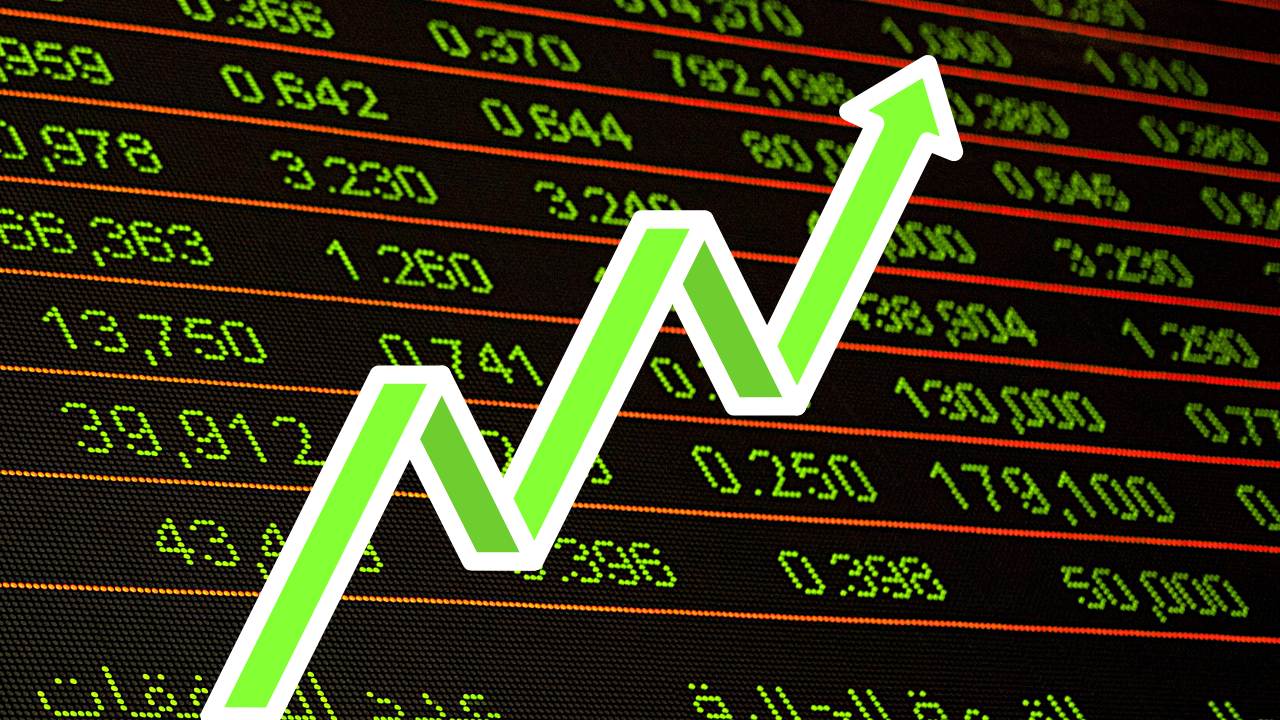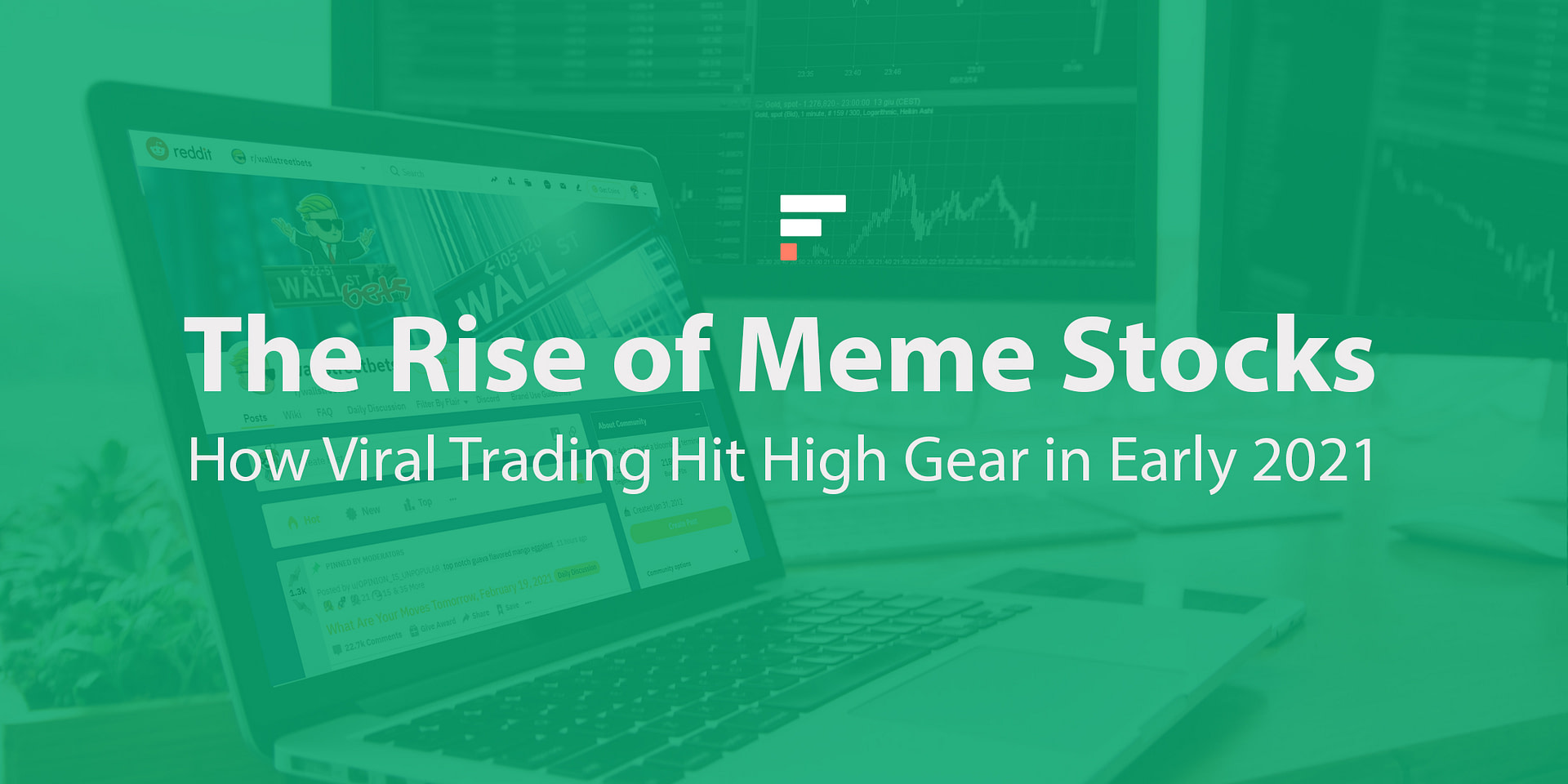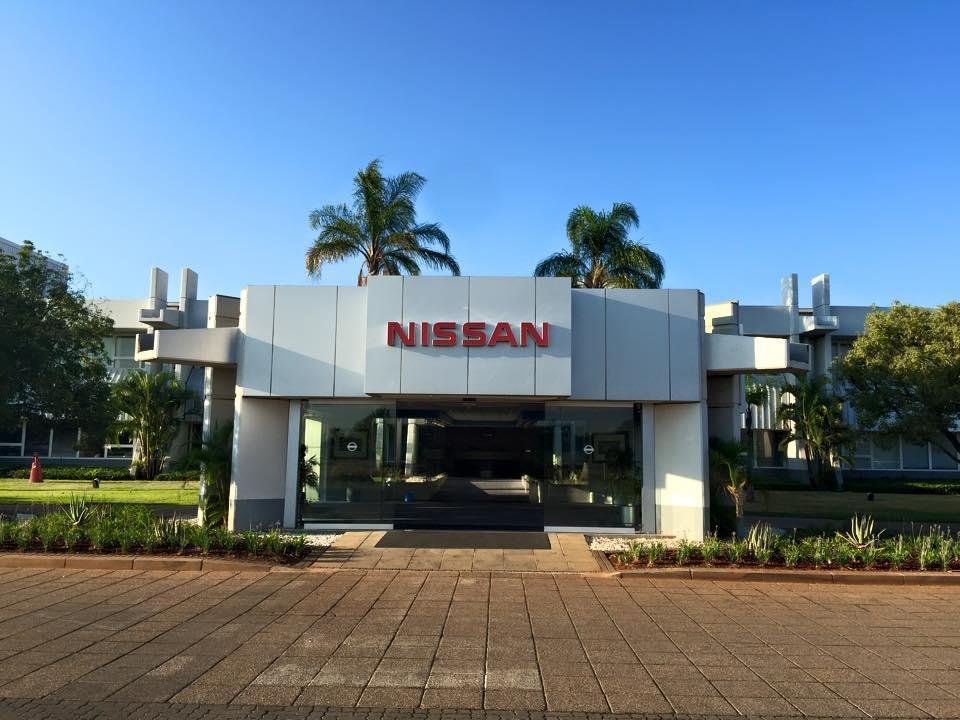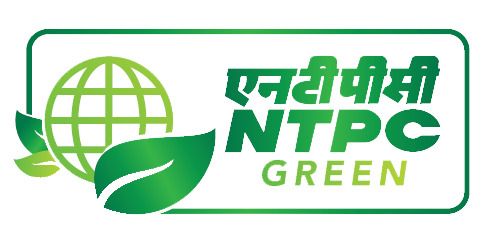


The Dow Jones Industrial Average and S&P 500 futures inched higher before the opening bell on Thursday, signaling a positive start for US stock markets. Analysts are anticipating the release of key economic data on jobless claims and crude oil stockpiles, which could have an impact on the course of benchmark interest rates. This comes after the Fed's decision to lower interest rates by 25 basis points, citing a strong economy and inflation nearing its target. Stay updated on all stock market news and more on Zeebiz.com.
The Dow Jones Industrial Average and S&P 500: A Deeper Dive
Background
The Dow Jones Industrial Average (DJIA) and S&P 500 are two widely followed stock market indices that measure the performance of the US economy. The DJIA consists of 30 large blue-chip companies, while the S&P 500 includes 500 leading publicly traded firms across various industries.
Recent Trends
On Thursday, futures for both indices pointed to a positive start for the US stock markets. This optimism was fueled by expectations of favorable economic data on jobless claims and crude oil stockpiles. The news came after the Federal Reserve's (Fed) decision to lower interest rates by 25 basis points, citing a strong economy and inflation nearing its target.
Factors Influencing the Indices
The performance of the DJIA and S&P 500 is influenced by various factors, including:
FAQs
1. What is the difference between the DJIA and S&P 500?
The DJIA focuses on large, established companies, while the S&P 500 represents a broader range of industries and company sizes.
2. Why are these indices important?
They are widely recognized as indicators of the overall health of the US stock market and economy.
3. How are they calculated?
The DJIA is calculated as a price-weighted average of 30 stocks, while the S&P 500 is a market capitalization-weighted index.
4. What is the significance of recent interest rate cuts?
Interest rate cuts can stimulate economic growth and boost stock prices by making it cheaper for businesses and consumers to borrow.
5. What does the future hold for these indices?
The future performance of the DJIA and S&P 500 is uncertain and depends on various economic and market factors. However, their historical trends indicate that they both tend to grow over the long term.

Meme stocks have become a hot topic in the stock market, with investors flocking to these highly volatile and speculative stocks. These stocks refer to those that skyrocket in price and trading volume due to social media buzz. However, investing in these stocks can be risky, as they are often overvalued and not based on strong fundamentals. While some investors have seen success with meme stocks, others caution against putting too much of one's portfolio into these highly unpredictable investments. It's a trend that may not last, and predicting when it will reverse can be a costly guessing game.

Sports TechnologyEntertainment, "Trump Jokes about Elon Musk's Overbearing Presence at Mar-a-Lago" Former President Donald Trump joked about tech mogul Elon Musk's frequent presence at his Mar-a-Lago estate, making light of their close relationship. While Trump praised Musk for dedicating time to his election campaign, lawmakers noted that some within Trump's inner circle see Musk's continued presence as overbearing. Musk's involvement in Trump's transition team has sparked debate among the former president's allies, with some viewing it as beneficial and others questioning his persistent influence.

Eicher Motors Ltd., the parent company of Royal Enfield, reported a net profit of ₹1,100 Crore for the second quarter of FY25. Although revenue for the quarter increased by 3.6%, it fell short of projections. VECV, another subsidiary of Eicher Motors, saw an 8% increase in income from operations. Despite a decline in Royal Enfield's sales, the company has announced its entry into the electric mobility market with the launch of a new EV brand.

Nissan South Africa has officially opened its new headquarters in Irene, South Africa, which will serve as the hub for administrative and strategic operations in the country and its Independent Markets Africa division. The move to the new building will enhance collaboration, streamline processes, and provide a more productive and progressive work environment for the team. This decision aligns with modern practices of separating corporate headquarters from manufacturing operations and reflects Nissan's commitment to innovation and efficiency in engaging with the market and customers. The launch of the new Magnite vehicle in November also marks an auspicious month for Nissan South Africa.

Pokarna, a company with a market cap of Rs 2,231 crore, has announced a strategic investment of Rs 440 crore aimed at fulfilling the increasing demand for premium quartz surfaces worldwide. This marks the launch of the company's third Bretonstone production line from Italy's Breton S.p.A., which will set new standards for capacity and environmentally friendly production. However, the stock saw a decline of 9.96% in early trade as equity benchmark indices dropped due to a combination of factors such as retail inflation, muted quarterly earnings, and weak global markets.

NTPC Green Energy, a subsidiary of NTPC Ltd., will launch its IPO on November 19 with a price band of Rs 102-108 per share. The company will also have a shareholders category, allowing current NTPC shareholders to participate. Analysts are optimistic about the IPO, citing the company's operational capacity, contracted projects, and future development plans. With NTPC targeting 60GW of RE capacity by FY32, investors are advised to buy NTPC shares to increase their chances of IPO allotment.

ScottishPower has chosen Siemens Gamesa to supply the turbine blades for their £4 billion East Anglia TWO offshore wind farm. This agreement, worth more than £1 billion, solidifies Hull as the location for the blade production. In this interview, Chet Benham, President & COO of Viridi Energy, discusses their business and focus on renewable natural gas and its role in the energy transition. Additionally, AFRY has been selected by Electroperú to oversee the modernisation and life extension of two hydro power plants in Peru.

Nadhmi al-Nasr, CEO of Neom, the futuristic city development in Saudi Arabia, has suddenly stepped down and will be replaced by an acting CEO from the country's sovereign wealth fund. The Public Investment Fund's board deemed this a natural evolution and strategic move, but the reasons for Nasr's departure are unknown. Neom, envisioned as a 9-million-resident city with extravagant features like a floating business district and the world's tallest skyscrapers, has faced financial and leadership challenges since its announcement in 2017. With projects being delayed, downsized, or cancelled, securing foreign investors has become crucial, but the project's first phase has already exceeded its budget.

As investors, we aim to get maximum returns from our investments. However, market-linked investments can be risky. In order to diversify and ensure long-term stability, many investors turn to large cap mutual funds and gold exchange-traded funds (ETFs). In this article, we compare the performance of the top gold ETF and large cap mutual fund in terms of 10-year returns and explore the potential growth of a Rs 10 lakh investment in either option. While gold ETFs are traded like stocks and offer exposure to gold prices, large cap mutual funds provide stability through their high exposure to large cap stocks.